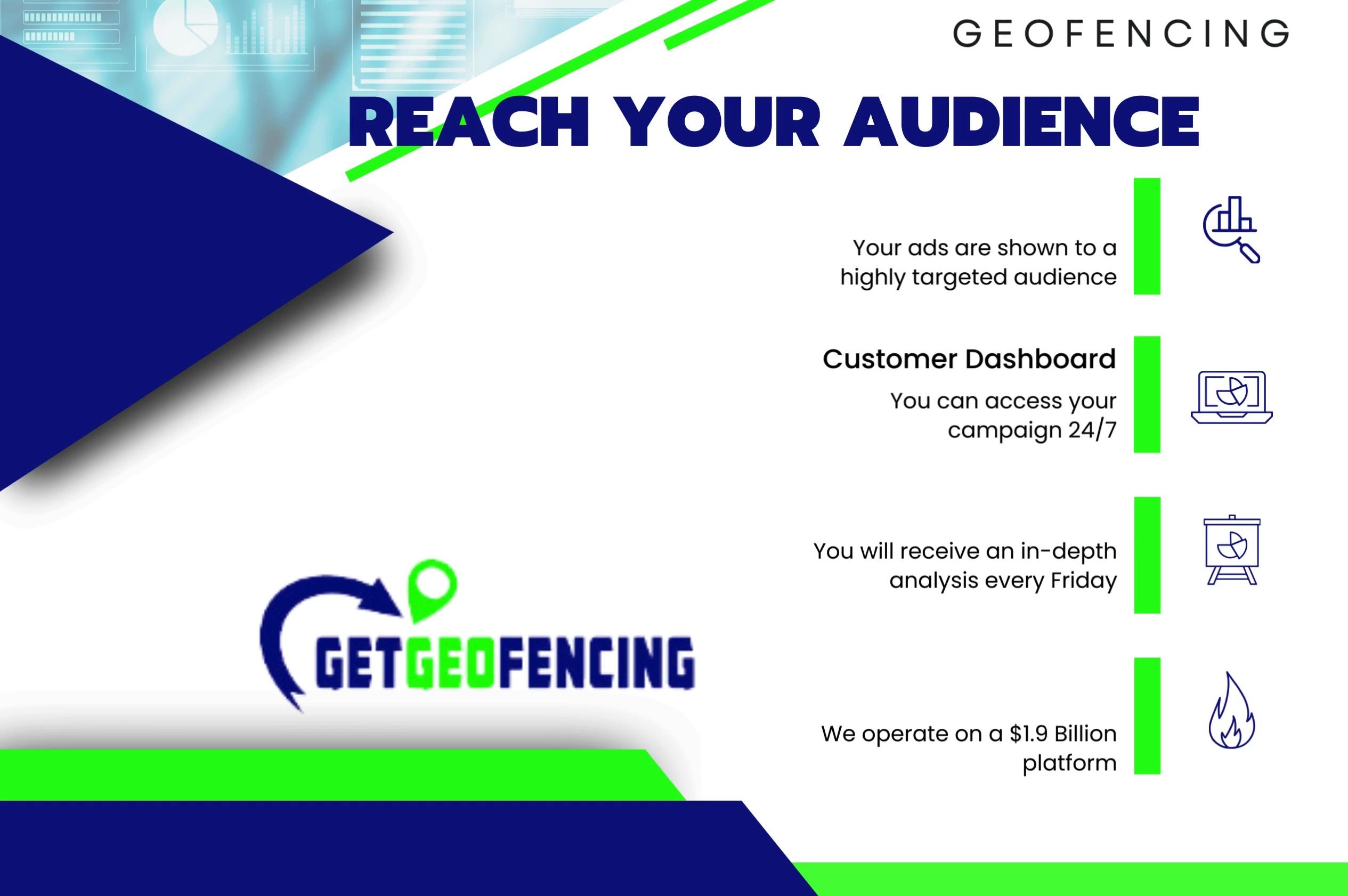Mastering the Art of Geo Fencing: A Game-Changer in Customer Behavior and Marketing Strategy
The article explores the impact of geofencing on customer behavior and its implications for marketing strategy, including the use of location-based advertising, personalized notifications, and improved user experience.
Overview of Geo Fencing Technology
Geo-fencing technology refers to the creation of virtual boundaries or ‘fences’ around specific zones or locations using GPS, RFID, Wi-Fi, or cellular data. This cutting-edge technology lends itself to a myriad of applications, particularly in the realm of marketing and consumer engagement, where it is used to define geographical areas and trigger actions when a mobile device enters or exits those boundaries. Geo-fencing technology achieves this by combining device-level IP address interaction with GPS and cellular network data, offering pinpoint accuracy in locating a device and its user within a predetermined area.
This technology is not only capable of fostering strong customer relationships by delivering timely and relevant content but also provides valuable insights into consumer behavior. Geo-fencing allows businesses to track how often a customer visits a specific location, how long they spend there, and even their behaviors and activities within that location. This data can be used to create more effective and targeted marketing campaigns, contributing to improved customer satisfaction and increased business revenue.
One notable real-world application of geo-fencing technology is its use in location-based advertising campaigns. Businesses can set up geo-fences around their physical stores or other points of interest. When customers with a company’s app installed on their mobile devices enter these areas, they can receive personalized notifications or offers. This has the effect of not only improving the customer experience but also driving foot traffic to physical locations. Another significant application of geo-fencing technology is in the field of data collection. By tracking the movements of users within a geo-fenced area, businesses can gain valuable insights into consumer behavior, which can be used to refine marketing strategies and enhance customer experiences.

Using Geo Fencing for Marketing
Geo-fencing has become an increasingly popular tool in the world of marketing, particularly for location-based advertising and consumer data collection. By creating virtual boundaries around specific zones or locations using GPS, RFID, Wi-Fi, or cellular data, businesses can effectively target their audience based on their physical location, and deliver personalized and relevant content to them.
For instance, a retail store might set up a geo-fence around its physical location and send a targeted ad or special offer to customers who enter that area. Not only does this provide a highly personalized shopping experience for the customer, but it also increases the likelihood of a sale for the business. Moreover, businesses can use geo-fencing to collect valuable data on consumer behavior, such as how often they visit a particular location, how long they stay, and what they do while they’re there. This information can be used to further refine marketing strategies and improve customer engagement.
Two notable examples of businesses successfully implementing geo-fencing in their marketing strategies are Euroleague Basketball and a Loyalty App. Euroleague Basketball utilized geo-fencing to send relevant event information to users within specific geographic areas, thereby increasing sponsor visibility and driving new revenue streams. The Loyalty App, on the other hand, used geo-fencing to drive foot traffic to partner locations, increase transactions, and provide personalized notifications based on user behavior and location. These cases underscore the transformative potential of geo-fencing in marketing, and how it can be harnessed to drive customer engagement and business growth.
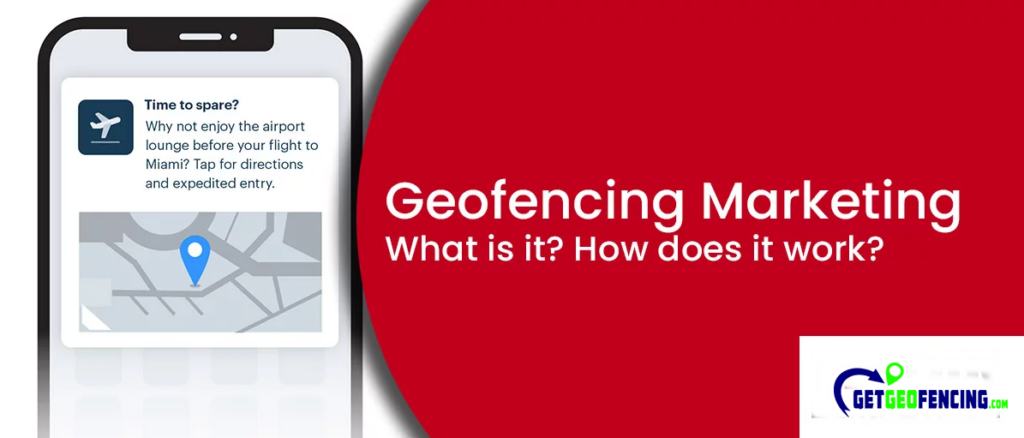
Advantages of Geo Fencing
Geo-fencing technology offers a multitude of advantages for businesses seeking to enhance their marketing strategies and engage with their target audience in a more personalized and meaningful way. One of the primary benefits of geo-fencing is its ability to improve the overall user experience. By delivering phttps://www.getgeofencing.com/ersonalized and relevant content to consumers based on their location, businesses can foster a sense of connection and relevance, thereby enhancing the user experience.
Further, geo-fencing technology has been proven to drive increased store visits and boost revenue. By delivering targeted marketing messages to consumers who are in close proximity to a physical store, businesses can effectively encourage foot traffic and increase the likelihood of sales. For instance, a coffee shop could set up a geo-fence around its location and send a discount coupon to customers who enter the area, enticing them to visit the shop and make a purchase.
Another significant advantage of geo-fencing is the broad reach it offers for mobile ads. Given that geo-fencing is compatible with 92% of smartphones, businesses can effectively reach a vast majority of their target audience, which in turn increases the scope and impact of their marketing efforts. This widespread compatibility makes geo-fencing an essential tool in the arsenal of modern marketing strategies, as it enables businesses to reach a wide audience and deliver personalized content based on real-time location data.
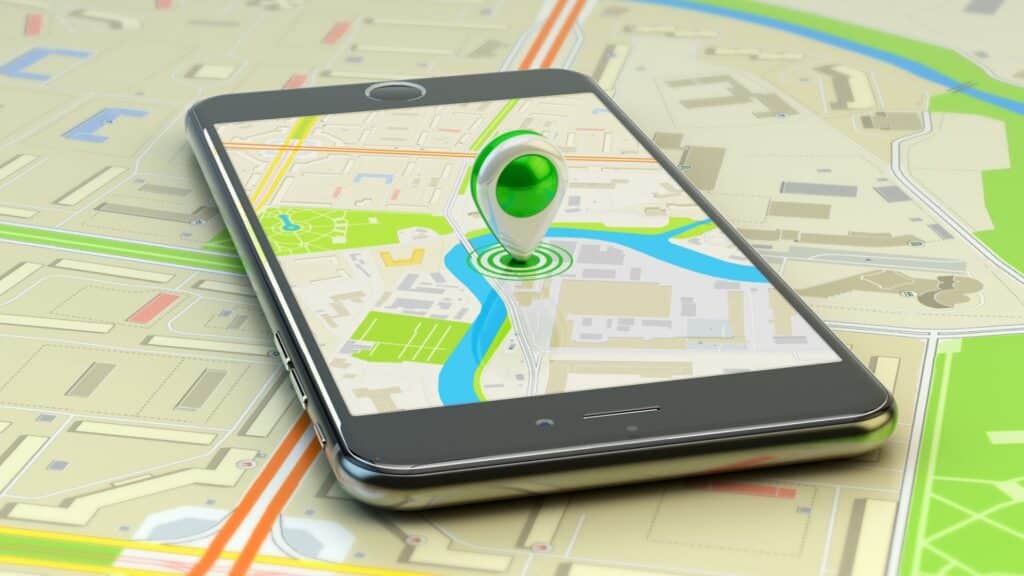
Influence on Customer Behavior
Geo-fencing technology has a significant influence on customer behavior, as it enables businesses to deliver targeted and personalized content to customers based on their real-time locations. By creating virtual geographic fences around specific locations, businesses can effectively engage with potential customers when they enter, leave, or dwell in these locations.
For instance, a retail store can use geo-fencing to send personalized promotions to shoppers as they enter the store or a nearby area. This not only enhances the shopping experience for the customer but also influences their purchase decisions, thereby driving foot traffic and sales for the store.
Furthermore, geo-fencing technology allows businesses to target audiences with tailored ads across various digital platforms, including websites, apps, and television. For example, a restaurant might use geo-fencing to send exclusive offers to potential customers who are in the vicinity, prompting them to visit the establishment and potentially become repeat customers. This personalized approach to marketing not only influences customer behavior but also contributes to increased conversions, improved brand loyalty, and enhanced customer experience through location-based marketing strategy.
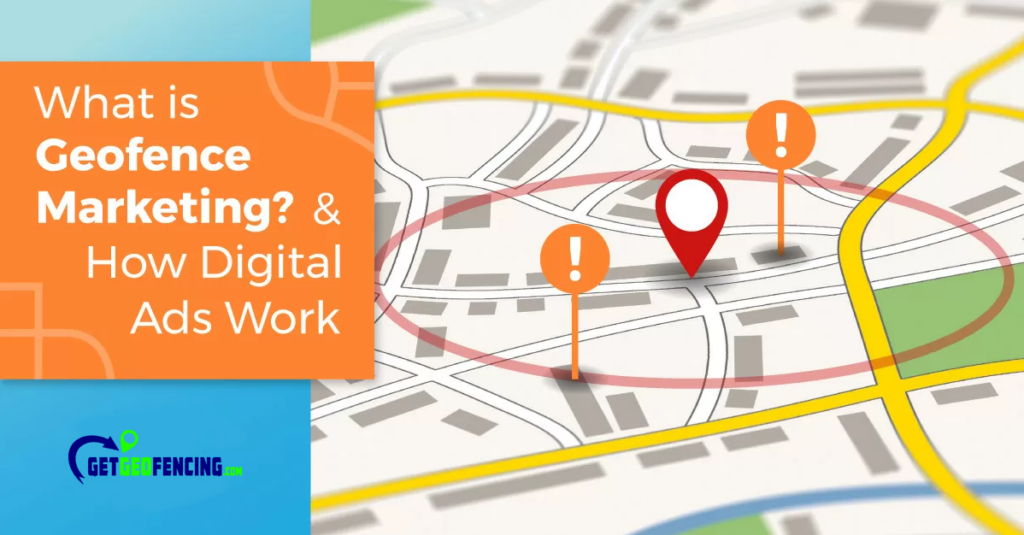
Privacy Considerations in Geo Fencing
When implementing geo-fencing marketing strategies, businesses must be mindful of privacy considerations. It’s crucial for businesses to obtain user permission and adhere to privacy laws to ensure that their marketing efforts are ethically sound and respectful of user privacy. By doing so, businesses can build trust with their customers and demonstrate a commitment to protecting user data.
In addition to obtaining user consent and complying with privacy regulations, businesses must be mindful of the size and location of their geo-fencing zones. Setting up a geo-fence too close to a private residence, for example, could be seen as intrusive and disrespectful of personal privacy. It’s therefore crucial for businesses to carefully consider the size and location of their geo-fencing zones to ensure they respect user privacy while still effectively targeting potential customers.
Moreover, businesses should strive to use a combination of marketing techniques within their geo-fencing strategies. While geo-fencing can be highly effective, it shouldn’t be the only tool businesses use to engage with their customers. By incorporating a variety of marketing techniques, businesses can ensure they provide their customers with a varied and engaging experience, while also minimizing the potential for privacy intrusion.
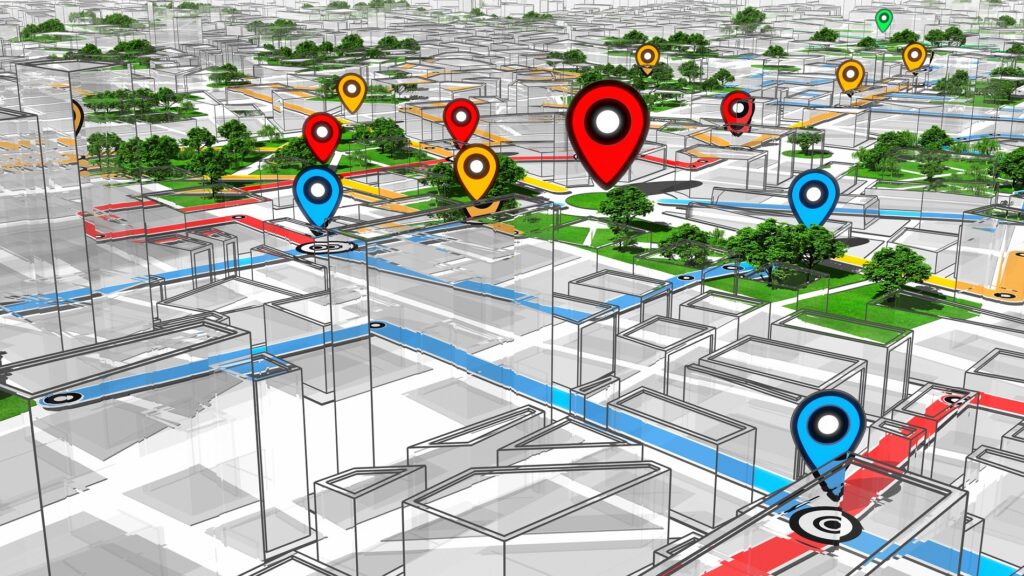
Outsourcing Geo Fencing Marketing Strategy
The complexity and technical nature of geo-fencing marketing strategies often make it advantageous for businesses to outsource these tasks to third-party digital marketers. These professionals have the expertise and experience necessary to effectively implement and manage geo-fencing campaigns, ensuring that businesses are able to fully leverage the benefits of this technology.
One of the key advantages of outsourcing is the access to cutting-edge tools and technologies. Companies like GetGeofencing, for instance, offer a police/military-grade platform, providing businesses with the most accurate and reliable geo-fencing technology available. They also provide optimization reporting for in-depth analysis, allowing businesses to gain valuable insights into the effectiveness of their geo-fencing campaigns and make necessary adjustments for improved results.
Outsourcing also allows businesses to benefit from the expertise of experienced digital marketers. With over 26 years of experience in the field, companies like Get Geofencing are well-equipped to develop effective geo-fencing marketing strategies that drive customer engagement and boost business revenues. By partnering with such companies, businesses can ensure that their geo-fencing campaigns are being managed by experts, freeing up valuable time and resources to focus on other core aspects of their business.
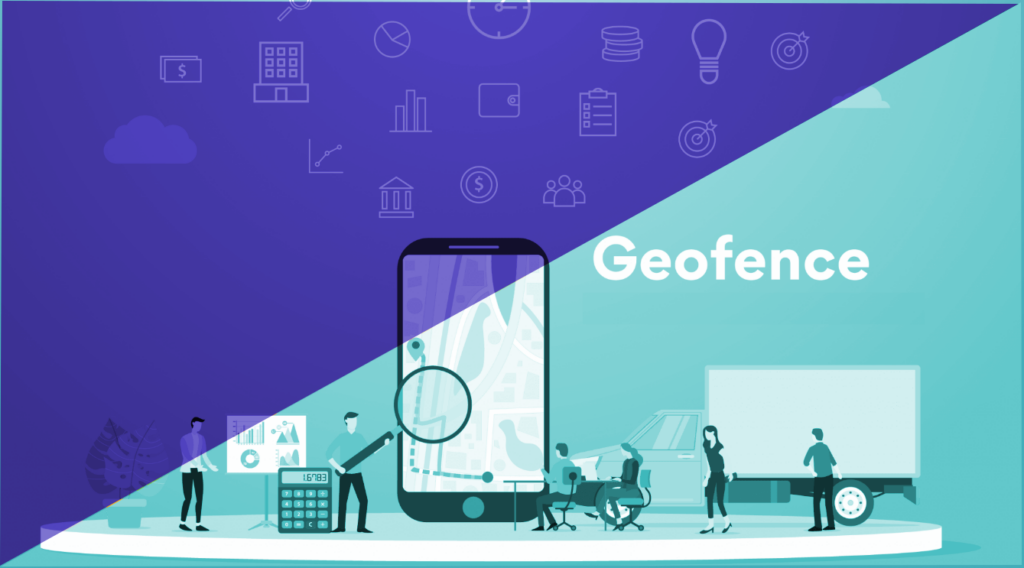
Future Trends in Geo Fencing
Looking ahead, the future of geo-fencing technology promises even more personalized and targeted marketing opportunities. As technology continues to evolve, it’s expected that geo-fencing will become even more precise, allowing for the delivery of even more personalized and relevant ads to consumers.
One of the key trends expected in the future is increased personalization of ads delivered through geo-fencing. As businesses gain access to more detailed and accurate consumer data, they will be able to tailor their marketing messages even more precisely to individual consumer preferences and behaviors. This level of personalization will not only enhance the consumer experience but will also increase engagement and conversion rates.
Moreover, the continued evolution of geo-fencing technology is expected to provide businesses with an even greater competitive advantage in local markets. By delivering targeted and timely marketing messages to consumers based on their real-time locations, businesses will have an unprecedented opportunity to engage with their customers in a meaningful and impactful way. As such, geo-fencing is set to play an even more significant role in shaping consumer behavior and driving business success in the future.
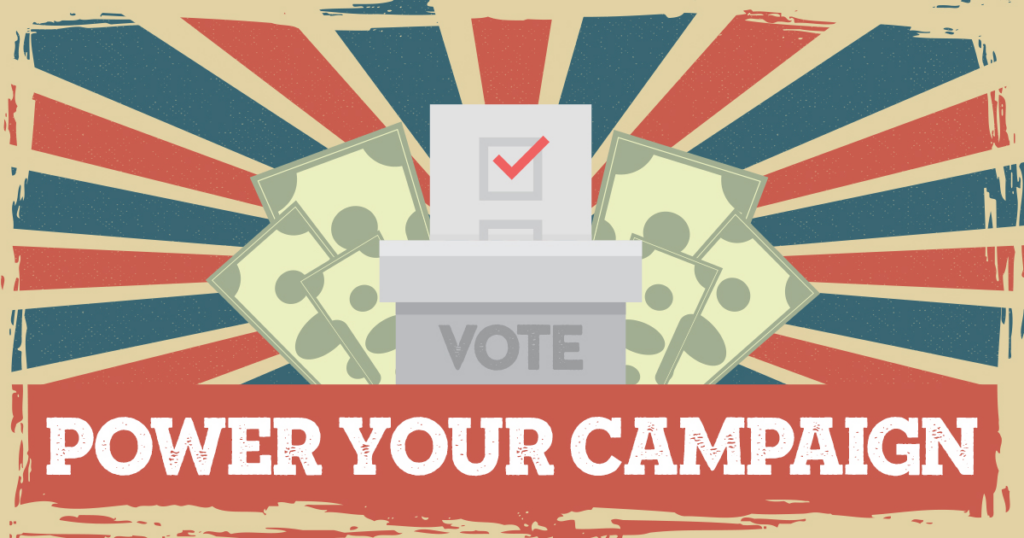
Conclusion
In conclusion, geo-fencing technology is a revolutionary tool that is changing the way businesses engage with customers and influencing consumer behavior. Its applications in marketing, data collection, and personalized messaging are reshaping the marketing landscape, offering new opportunities for businesses to engage with their customers in a more targeted and personalized manner.
As businesses navigate the implications of geo-fencing on customer behavior and marketing strategy, it is essential to consider the ethical and privacy considerations associated with this technology. It’s crucial for businesses to obtain user permission and comply with privacy laws when implementing geo-fencing strategies, in order to build trust with their customers and demonstrate a commitment to protecting user data.
Looking ahead, the future of geo-fencing technology promises even more personalized and targeted marketing opportunities. As technology continues to evolve, businesses will have an unprecedented opportunity to engage with their customers in a more meaningful and impactful way. Indeed, the future of geo-fencing looks bright, and businesses that harness its power stand to reap significant benefits.


